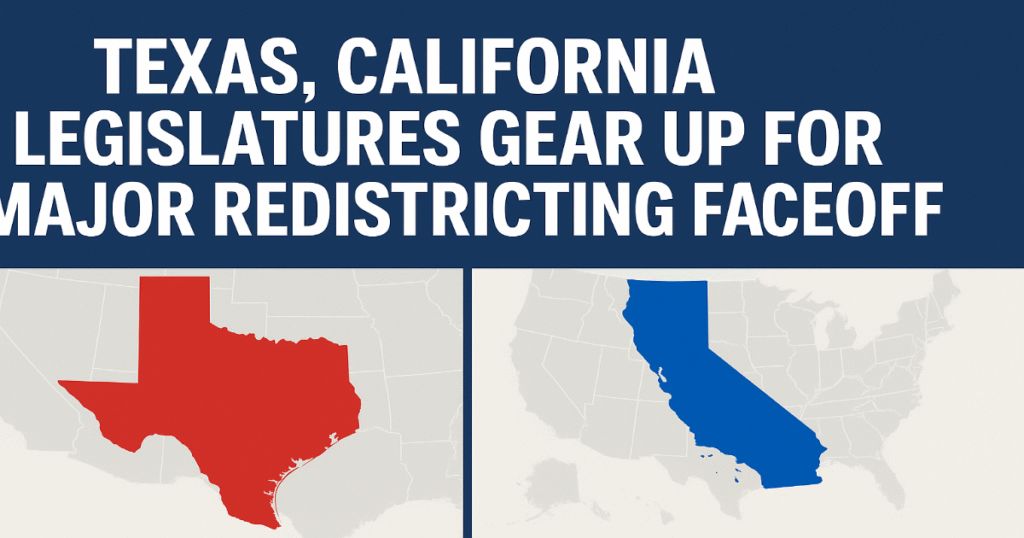
Food is more than sustenance. It is memory, history, and identity served on a plate. In America—a country often described as a melting pot of cultures—cuisine has always carried a symbolic weight. From Native American traditions to waves of immigrant communities that brought their own flavors, the United States has built a culinary landscape as diverse as its people. But the question lingers: can America’s culture really be defined by its cuisine?
The answer is not simple. Unlike countries such as Italy, Japan, or India, where national cuisine carries centuries-old traditions, America’s food culture is dynamic, adaptive, and constantly reinventing itself. To understand the connection between cuisine and culture in the U.S., one must look deeper into history, immigration, regional specialties, and the way food reflects evolving social values.
A Historical Perspective: The Roots of American Cuisine
Before colonization, Native American tribes cultivated a deep relationship with the land. Staples like corn, beans, and squash—often called the “Three Sisters”—formed the foundation of many diets. Wild game, fish, nuts, and berries varied regionally, shaping what we might consider the continent’s earliest cuisine. These ingredients remain integral to some of today’s most iconic American dishes, though often under-recognized.
The arrival of Europeans in the 1600s reshaped food traditions. Colonists brought wheat, cattle, pigs, and dairy, which blended with Indigenous foodways. African slaves added further complexity to America’s culinary DNA. Crops like okra, black-eyed peas, and rice, as well as techniques like deep frying and slow-cooking, became embedded in southern cooking.
This blending set the stage for what would become a defining feature of American cuisine: fusion. Unlike other countries, where food traditions were preserved in relatively pure forms, America’s history of colonization, slavery, and migration created a food culture defined by hybridization.
Immigration: The Real Spice of American Food
If there is one force that shaped American cuisine the most, it is immigration. Each wave of newcomers brought not only their hopes and traditions but also their recipes.
- The Irish and Germans (19th century): They introduced hearty meals like sausages, beer, and potatoes. The German influence, in particular, transformed American fast food with the hot dog and hamburger.
- Italian immigrants (late 19th–early 20th century): Pizza and pasta, once regional Italian specialties, evolved into national American favorites. New York-style pizza and Chicago deep-dish are uniquely American twists on Italian originals.
- Chinese immigrants (mid-19th century): Facing exclusion and discrimination, they adapted their cooking to local tastes, giving birth to “American Chinese” dishes such as General Tso’s chicken and chop suey.
- Mexican influence: Tacos, burritos, and nachos, though heavily Americanized, now rank among the most popular fast foods in the U.S.
- Middle Eastern, South Asian, and East African immigrants (late 20th century): Kebabs, curries, and injera are now found in urban centers across America, reflecting the country’s growing multicultural palate.
Each community did not just add new flavors; they transformed American eating habits. What we now consider “American classics” often trace their roots back to immigrant kitchens.
Regional Specialties: A Culinary Map of America
If cuisine defines culture, then America must be seen as a patchwork quilt rather than a single fabric. Each region of the U.S. carries distinct food traditions tied to history, climate, and population.
- The South: Known for soul food, barbecue, fried chicken, and biscuits. African, Native, and European influences converge here, creating dishes deeply rooted in comfort and survival.
- The Northeast: Home to clam chowder, bagels, and lobster rolls. The immigrant-rich cities of New York and Boston shaped a cosmopolitan dining scene.
- The Midwest: Sometimes called “America’s breadbasket,” the region celebrates meatloaf, casseroles, and corn-based dishes. Chicago’s pizza and hot dogs stand out as iconic exports.
- The Southwest: Tex-Mex cuisine blends Mexican and American flavors—think chili con carne, enchiladas, and fajitas.
- The Pacific Northwest and California: Farm-to-table movements thrive here, alongside seafood-driven dishes like salmon and Dungeness crab. California, in particular, became the birthplace of health-conscious dining trends such as avocado toast and plant-based menus.
These regional cuisines tell stories of geography and migration, revealing that “American cuisine” is less a single identity and more a collection of micro-identities stitched together.
Fast Food: The Global Symbol of America
When people around the world think of American food, fast food usually comes to mind. Brands like McDonald’s, KFC, and Burger King have become global ambassadors of American cuisine. Burgers, fries, and sodas symbolize not only convenience but also the spread of American culture worldwide.
Critics argue that fast food represents the worst of American eating habits—unhealthy, mass-produced, and homogenized. Yet, it is undeniable that fast food reflects key aspects of American identity: innovation, efficiency, and accessibility. For better or worse, this industry has shaped how the world perceives American food.
Cuisine as a Mirror of Social Values
Food trends in America also mirror broader cultural shifts.
- Diversity and inclusion: The growing popularity of international cuisines—sushi, pho, biryani—reflects a more open embrace of multiculturalism.
- Health and sustainability: Movements toward organic, vegan, and farm-to-table dining highlight America’s evolving awareness about wellness and the environment.
- Technology and innovation: From lab-grown meat to food delivery apps, American dining habits increasingly intersect with Silicon Valley’s technological edge.
- Social justice: Conversations about who “owns” cuisine—whether white chefs can profit from “ethnic food” without acknowledging its roots—show how food is tied to issues of identity and equity.
Through these changes, American cuisine serves as both a stage and a reflection of the nation’s debates about identity, values, and future.
Can Cuisine Define American Culture?
So, can America’s culture be defined by its cuisine? The answer is yes—and no.
Yes, because food reveals the country’s history of migration, struggle, and innovation. America’s cuisine tells a story of resilience and creativity, where diverse influences blend into something distinctly new. A hamburger may have German origins, but its current form is undeniably American.
No, because American cuisine is not monolithic. Unlike French or Japanese cuisine, which carry strong culinary identities rooted in tradition, America’s food culture resists singular definition. Instead, it thrives on adaptability and reinvention.
Perhaps this is the definition itself: American cuisine reflects America’s cultural DNA—diverse, hybrid, and evolving. Its strength lies not in a singular dish but in the very act of combining, remixing, and innovating.
Conclusion: A Feast That Tells a Story
America’s culture cannot be captured by one plate of food. But taken together, its cuisine forms a collective narrative—of migration and adaptation, of innovation and contradiction, of comfort and conflict. The hamburgers and hot dogs, the soul food and sushi, the tacos and tofu bowls—all coexist to tell the story of a nation still defining itself.
Food is America’s unofficial language, spoken in diners, barbecues, food trucks, and Michelin-starred restaurants. Each bite reveals a piece of history, a fusion of traditions, and a glimpse into the nation’s identity. If culture is the sum of a people’s shared values and experiences, then yes—America’s cuisine does, in fact, define its culture.
Also Read: European Leaders Rally Behind Zelenskyy in White House Talks with Trump
Visit: Cheapest Sale

Hey I am Srimanta Pradhan brings 10 years of experience to News Broadcast and Marketing, specializing in effective communication.A specialized content writer with a decade of expertise crafting compelling narratives for News Broadcast and Marketing. Transforms complex information into engaging, impactful content.




















